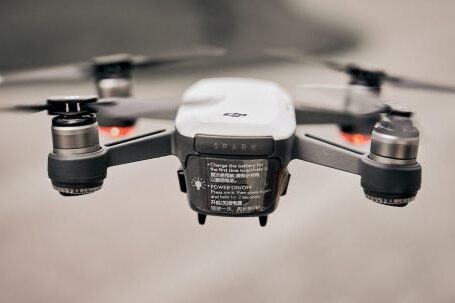In today’s fast-paced world, smartphones have become an essential tool for communication, productivity, and entertainment. However, as technology advances, new devices such as wearables are emerging, raising the question: can a wearable replace your smartphone on the go? Let’s explore the possibilities and limitations of wearables in this article.
The Rise of Wearable Technology
Wearable technology has gained significant popularity in recent years. From smartwatches and fitness trackers to augmented reality glasses, the market is flooded with various wearable devices. These gadgets offer convenience, portability, and seamless integration with our daily lives. But can they truly replace the functionality of a smartphone?
The Advantages of Wearables
1. Portability: Wearables are designed to be lightweight and compact, making them easy to carry around. Unlike smartphones, which can be bulky and require a bag or pocket, wearables can be worn on your wrist or attached to your clothing, allowing for a hands-free experience.
2. Quick Access: With a wearable, you can quickly glance at your notifications or perform simple tasks without the need to take out your smartphone. This can be particularly useful in situations where pulling out your phone may be inconvenient or impractical, such as during workouts or while driving.
3. Health and Fitness Tracking: Many wearables are specifically designed to help users monitor their health and fitness. These devices can track your steps, heart rate, sleep patterns, and even provide personalized coaching. For individuals focused on improving their overall well-being, wearables can be a valuable companion.
The Limitations of Wearables
1. Screen Size and Input: One of the main drawbacks of wearables is their limited screen size. While smartphones offer a large display for browsing the internet, watching videos, or reading emails, wearables typically have smaller screens, making these tasks challenging. Additionally, input methods on wearables are often limited, relying on gestures or voice commands, which may not always be as precise or efficient as using a touchscreen.
2. Battery Life: Wearables usually have smaller batteries compared to smartphones, which can result in shorter battery life. While some wearables can last for several days, others require frequent charging. This limitation can be problematic, especially for individuals who heavily rely on their devices throughout the day.
3. App Ecosystem: Smartphones have a vast app ecosystem, providing users with a wide range of applications and services. While wearables have their own app stores, they are still limited in comparison. Not all smartphone apps are available on wearables, and the user experience may differ significantly. This can be a deal-breaker for individuals who heavily depend on specific apps for work or entertainment.
The Future of Wearables
While wearables may not be able to fully replace smartphones at the moment, they are continuously evolving, and future advancements may bridge the gap even further. Technologies such as flexible displays, improved battery life, and faster processors could make wearables more capable and versatile.
Conclusion
Although wearables offer several advantages, they currently cannot completely replace smartphones due to their limitations in screen size, input methods, battery life, and app ecosystem. However, as technology progresses, wearables are likely to become more sophisticated, addressing these shortcomings. For now, wearables can be seen as complementary devices to smartphones, enhancing certain aspects of our lives while still relying on our trusty handheld companions.




